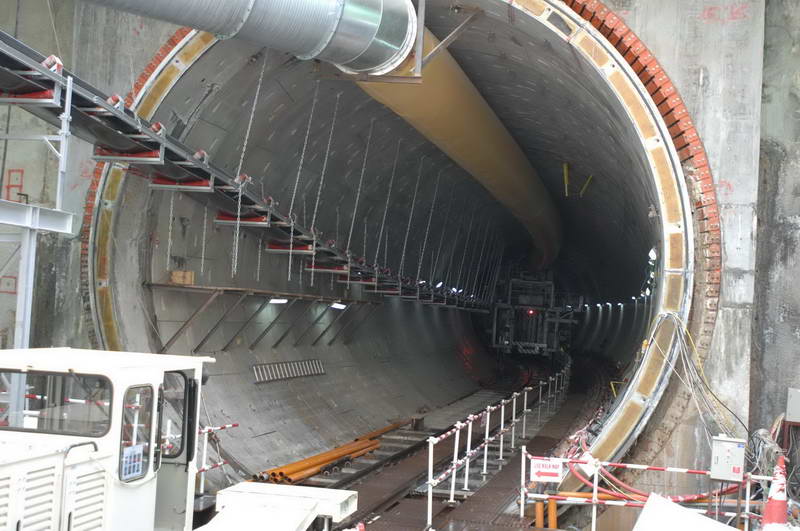สำหรับที่หลบภัยใดนของทางการสหรัฐฯนั้น ควรเรียกว่าเมืองหลบภัยใต้ดินมากกว่า เป็นอุโมงค์ทั่วๆไป ที่สร้างขึ้นอย่างไฮเทค ประกอบด้วยอุปกรณ์ทันสมัยต่างๆครบครัน อากาศน้ำและอาหาร ที่อยู่ในการควบคุมของผู้ออกแบบทั้งสิ้น แต่ถึงจะแข็งแรงอย่างไรวิศกรผู้ออกแบบก็ไม่สามารถออกแบบโครงสร้างให้ทนกับแรงแผ่นดินไหวในขนาด 10-15 ริกเตอร์ได้แน่นอน และมีขยับทั้งในแนงนอนและแนวตั้ง โครงสร้างที่ทำไว้อย่างดีย่อมแตกหักชำรุด ใช้การไม่ได้และลงเอยอย่างที่คุณ Zeta ได้สรุปไว้ในตอนท้าย
ZetaTalk Chat Q&A for December 18, 2010

ZetaTalk Chat Q&A for December 18, 2010
If governments have deep underground bunkers how do they produce the air required to live and deal with carbon dioxide and how do they plan to get water? What energy source are they going to use?Government bunkers assume a polluted air and water environment, and certainly presume a failure of the electric and phone line grids. They are air tight, recycle their water after cleaning it, and plan on depending upon an electrical system run by batteries. When the moment of crisis is past, and sensors state that the air is non-polluted or safe to breath, then technicians are to be sent outside to generate electricity from fuel stored nearby. This scheme has several failure points built in. First, as we have stated, underground bunkers will shift, if not collapse. Earthquakes are horizontal and vertical, and all it takes for a stairwell or elevator to malfunction is a slight skew. Doors will not open. Elevators will fail to rise or fall. And panic will ensue. Is the equipment these bunkers reply upon failsafe during a magnitude 9 earthquake? The broken link scenario has a thousand possibilities. Then there is the issue of oil and gas and coal surviving the pole shift, as a spark can set one of these caches ablaze and explosions will take care of the rest. Nevertheless, some in these bunkers will emerge with their agendas intact, so don't assume that those who wish to be kings in the Aftertime are all dead.


